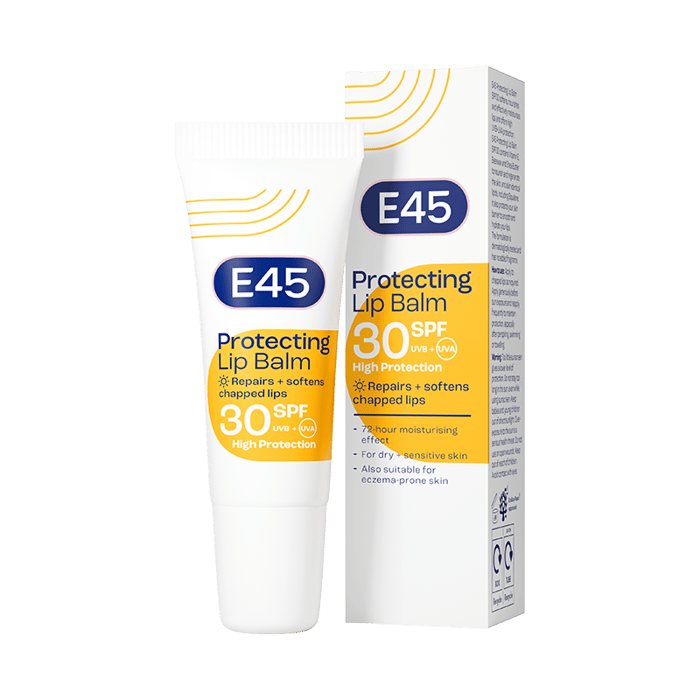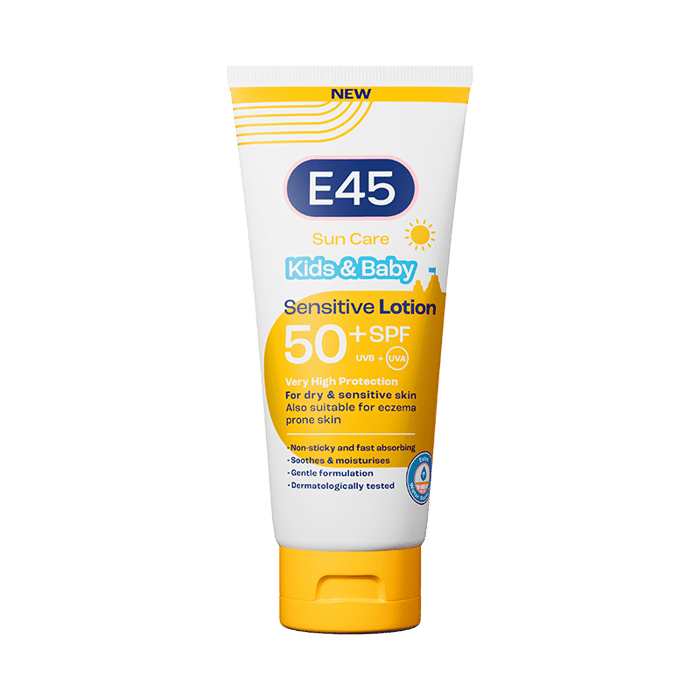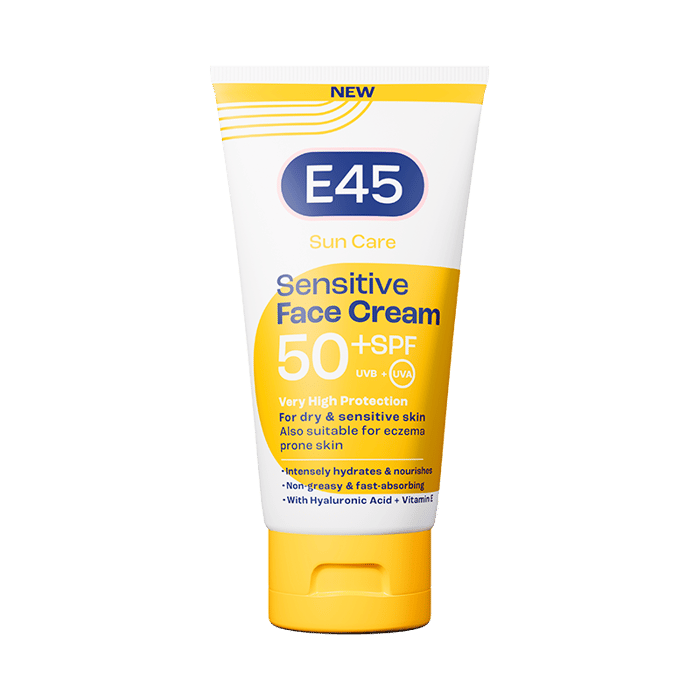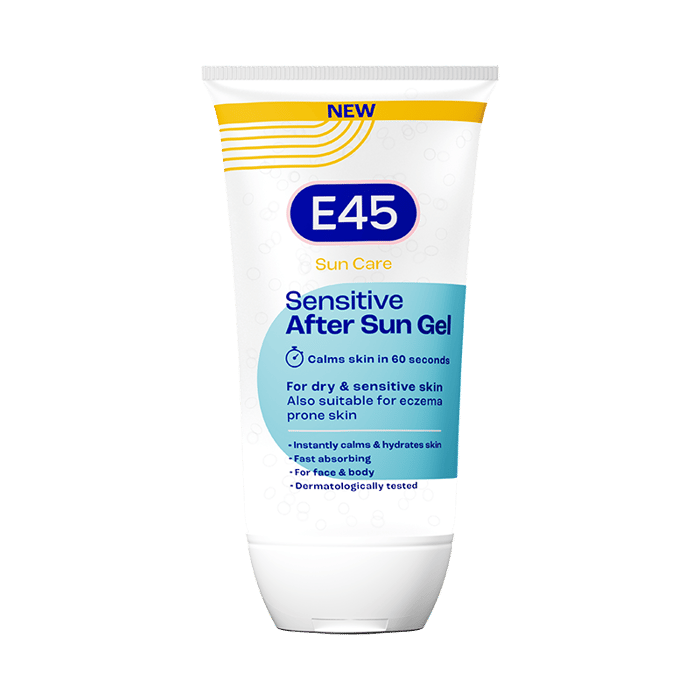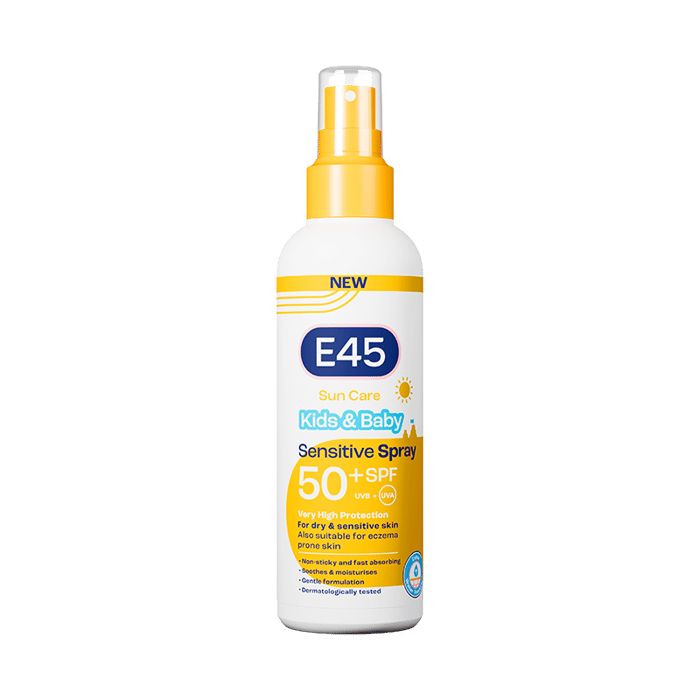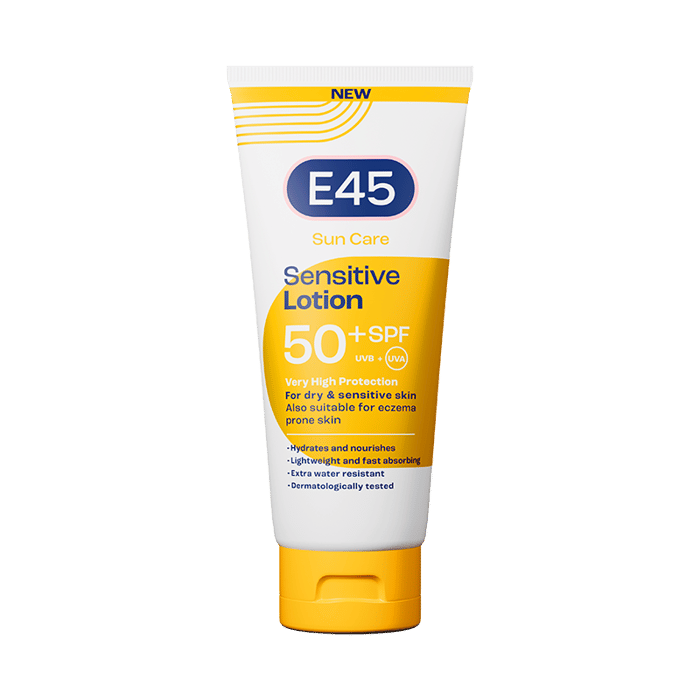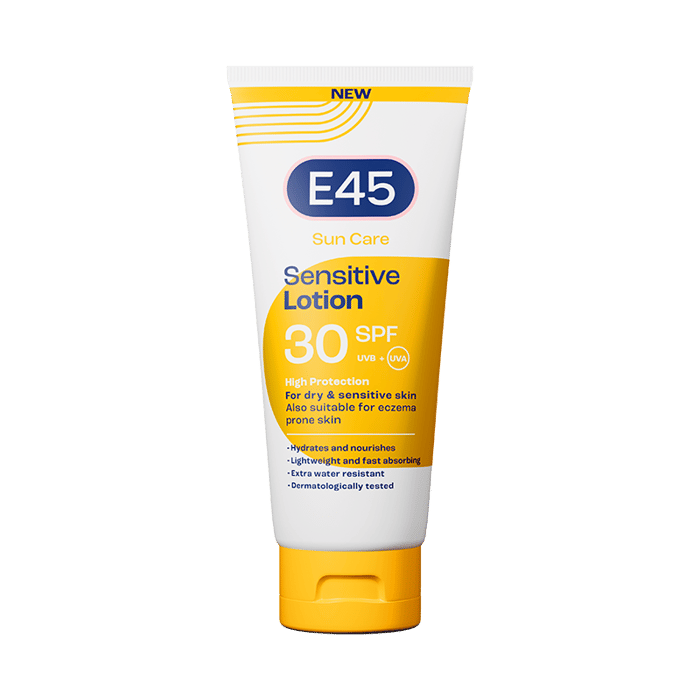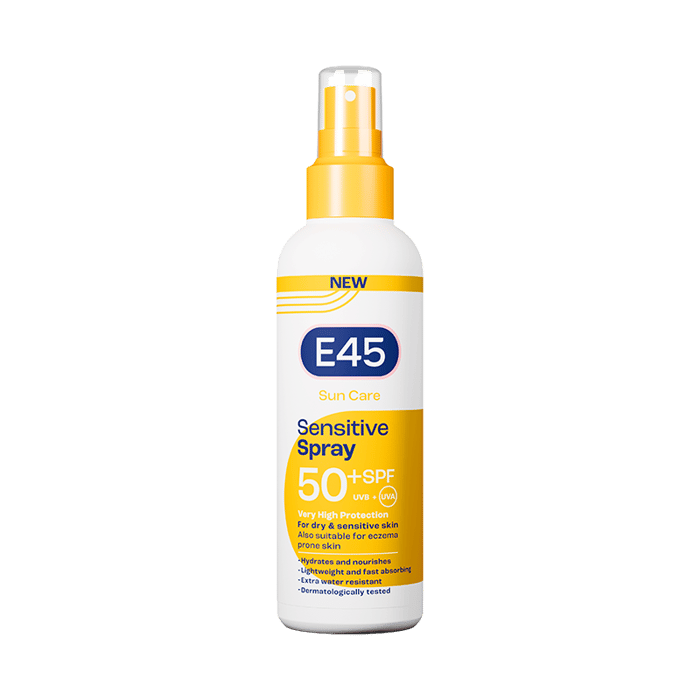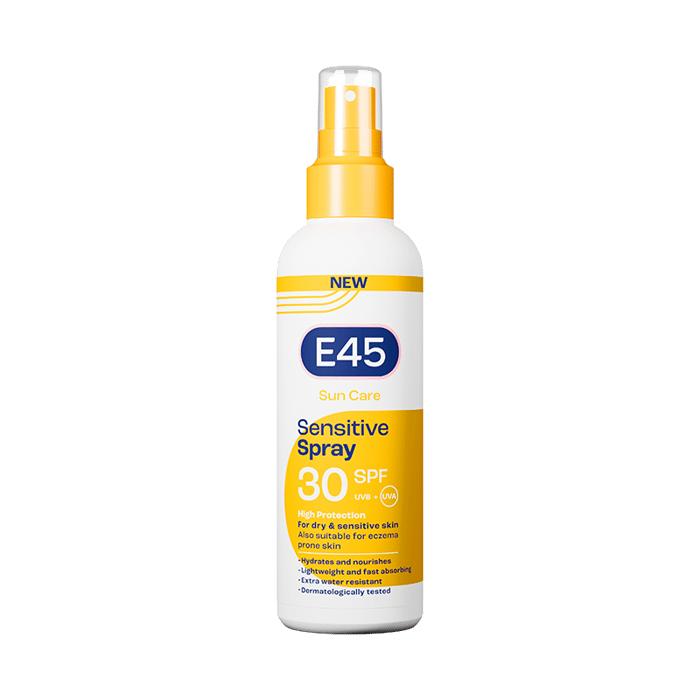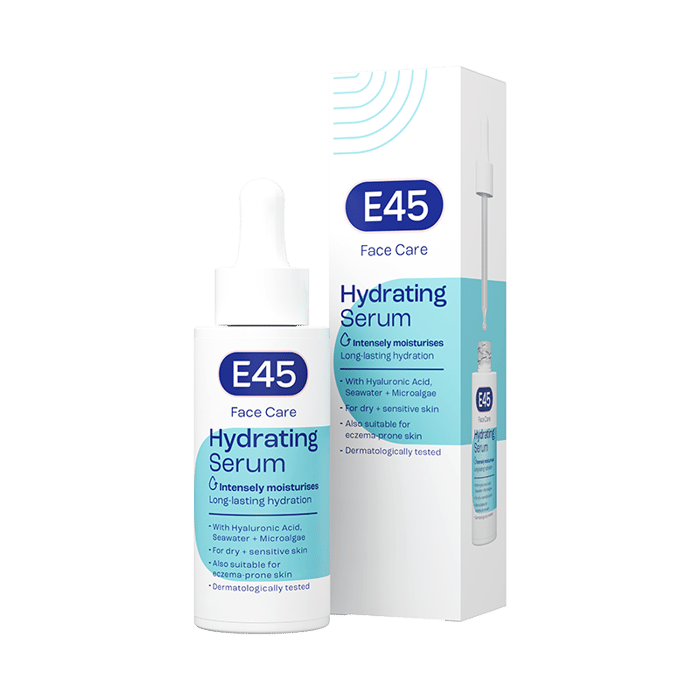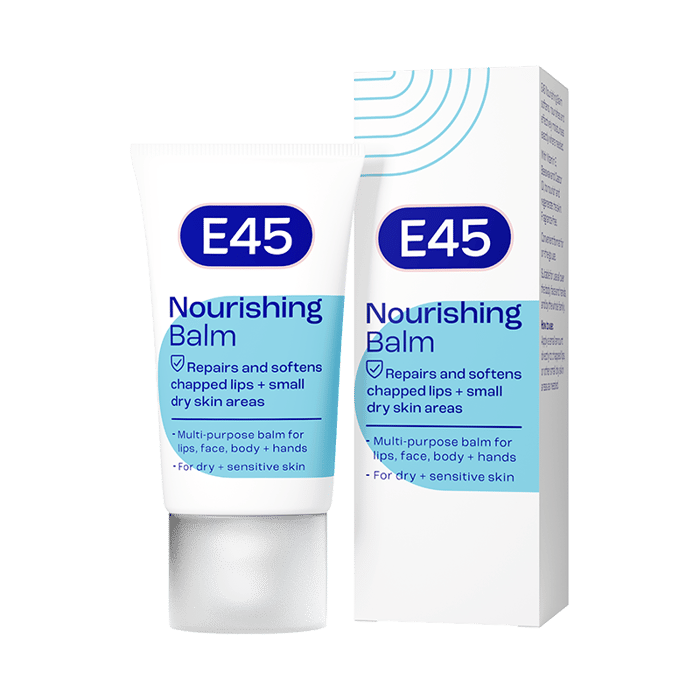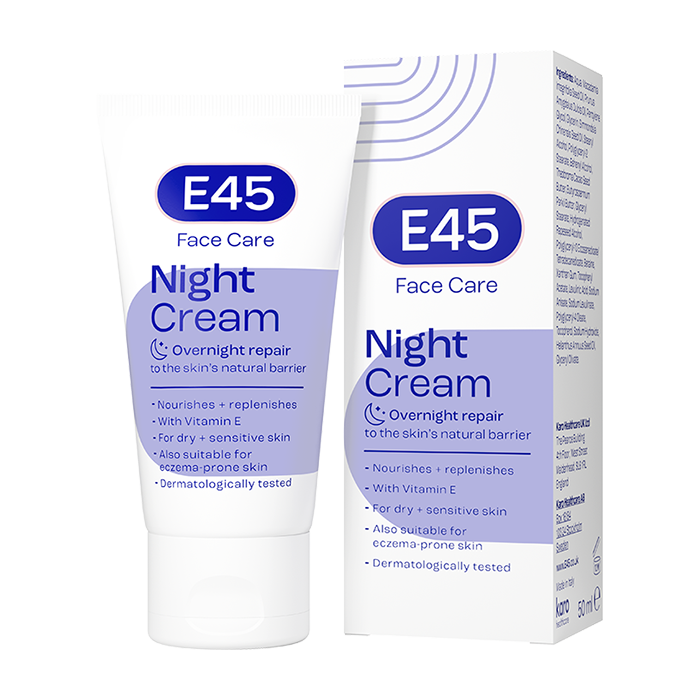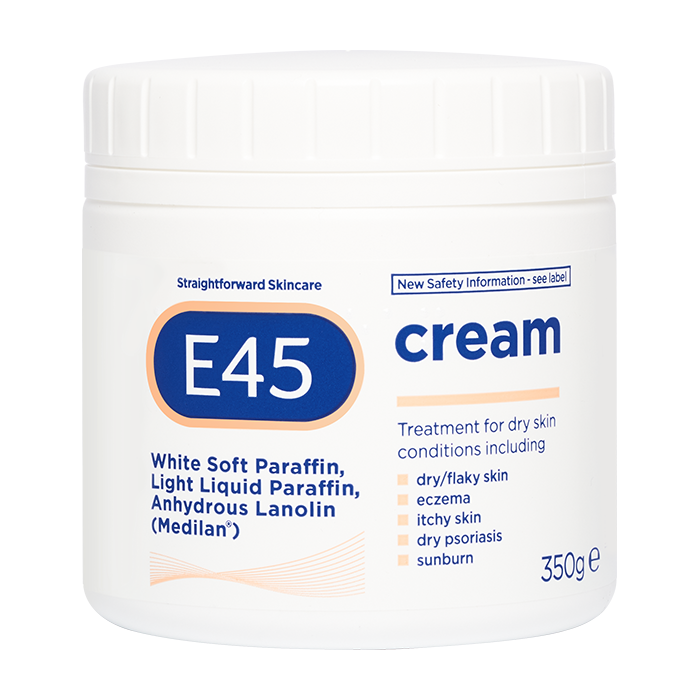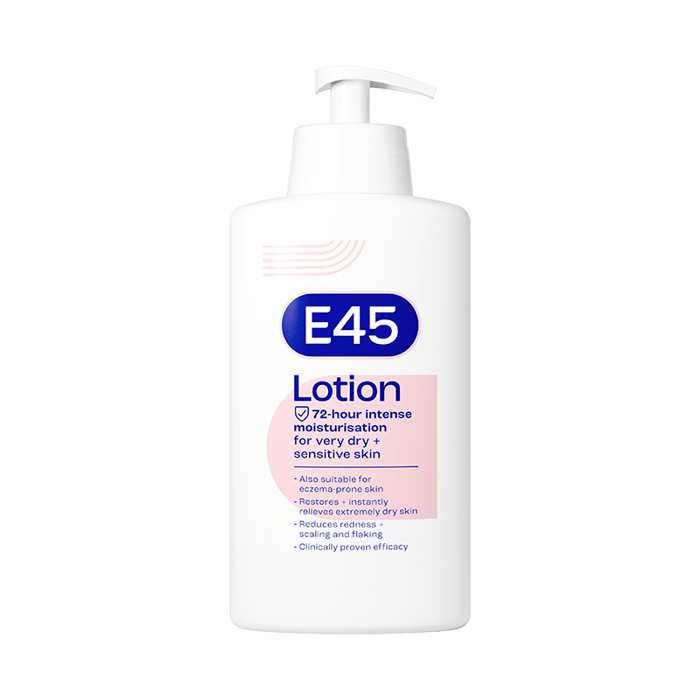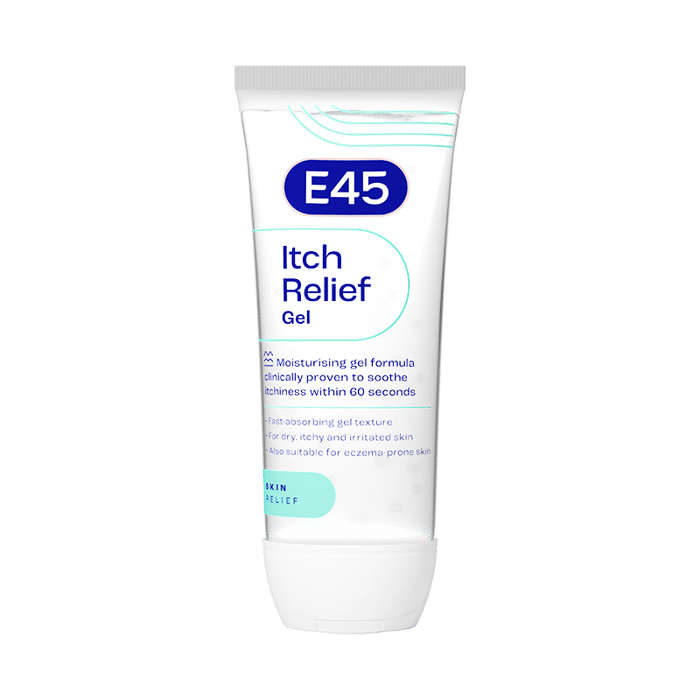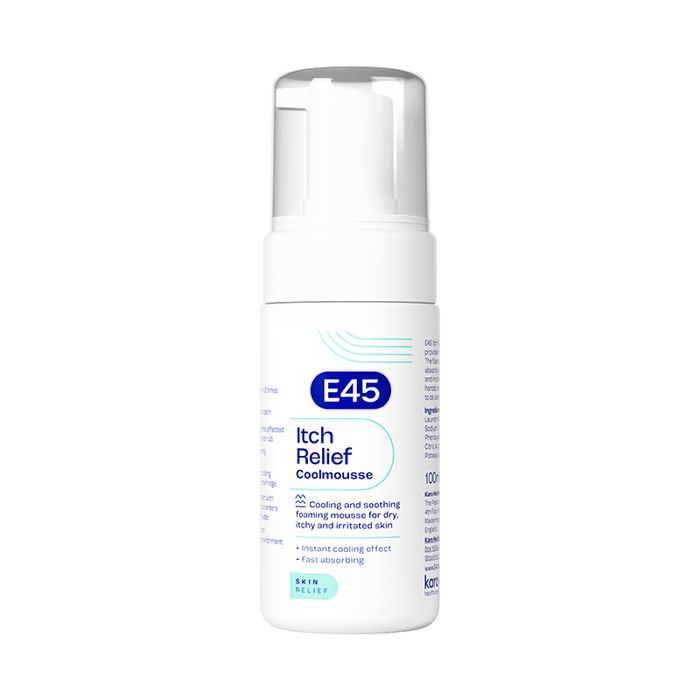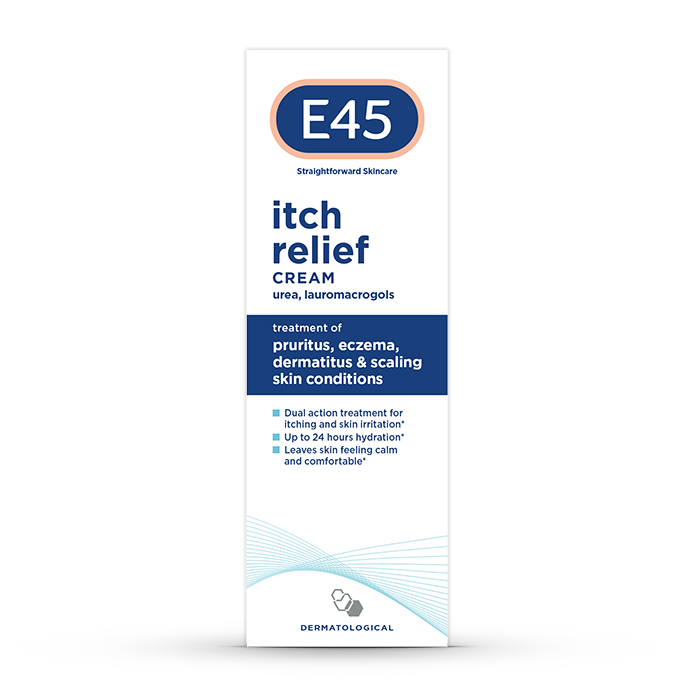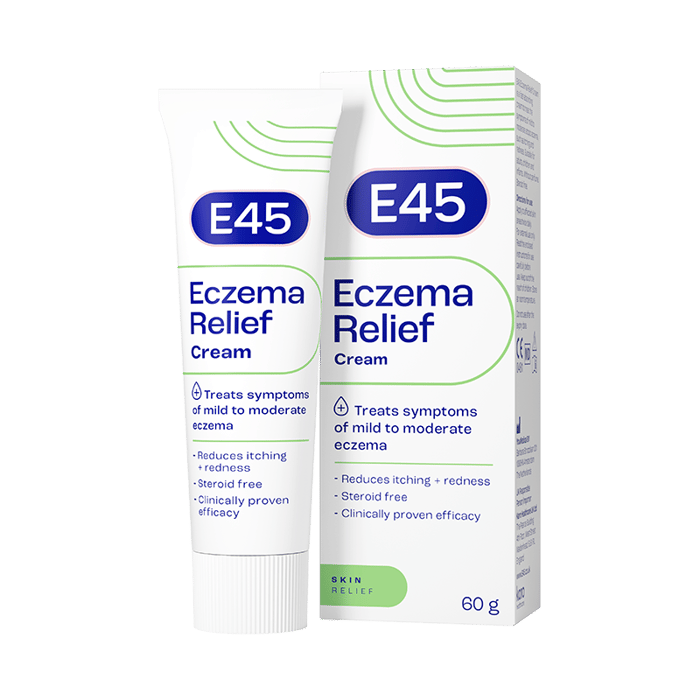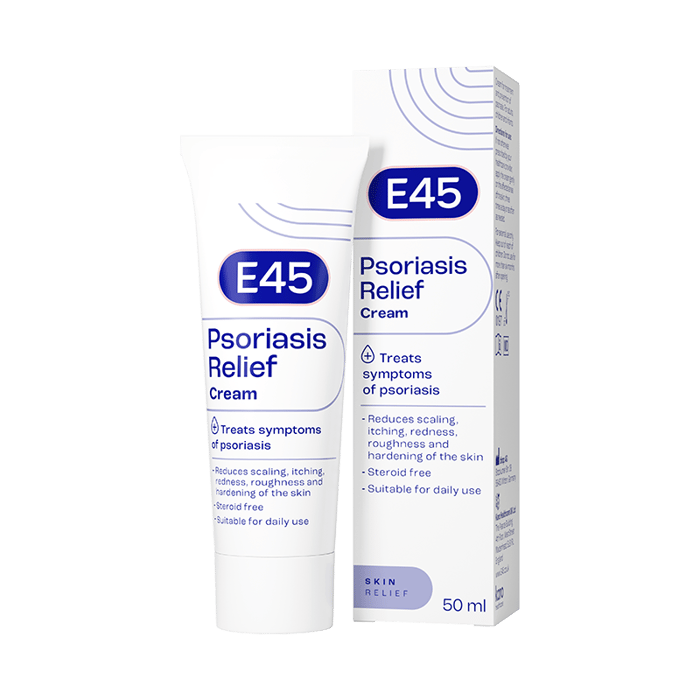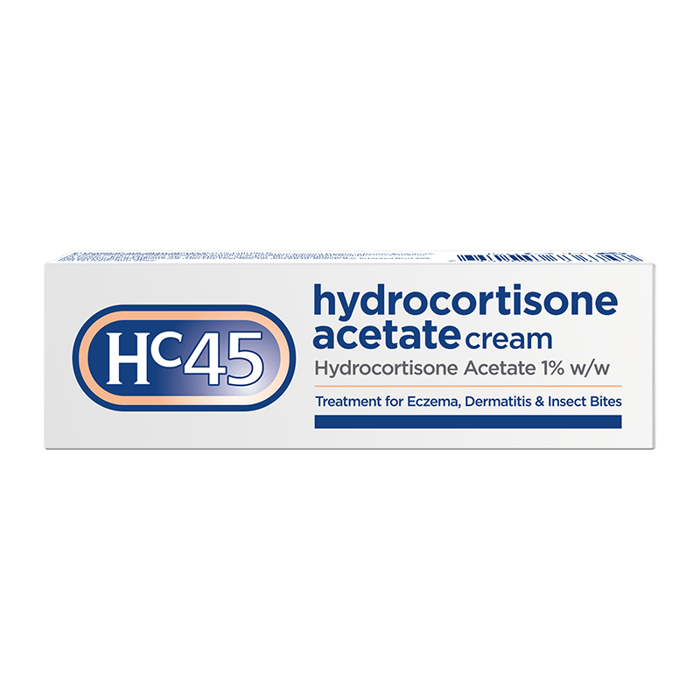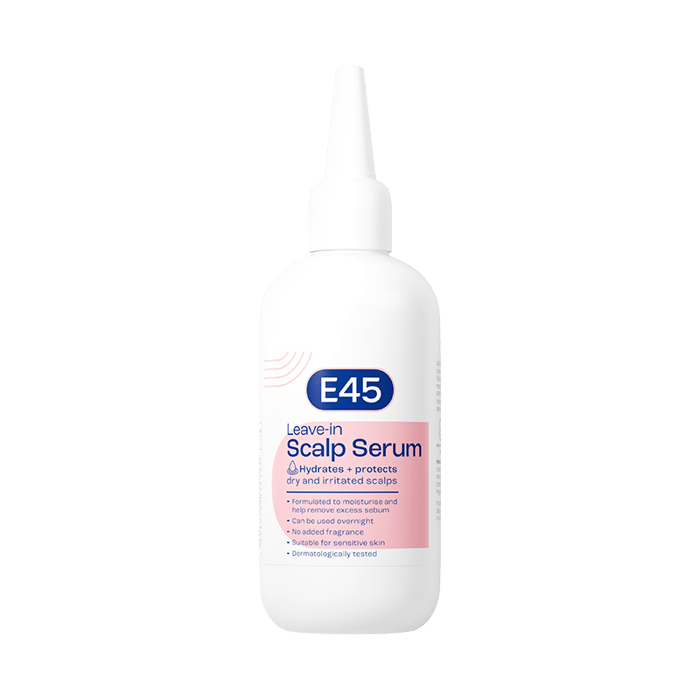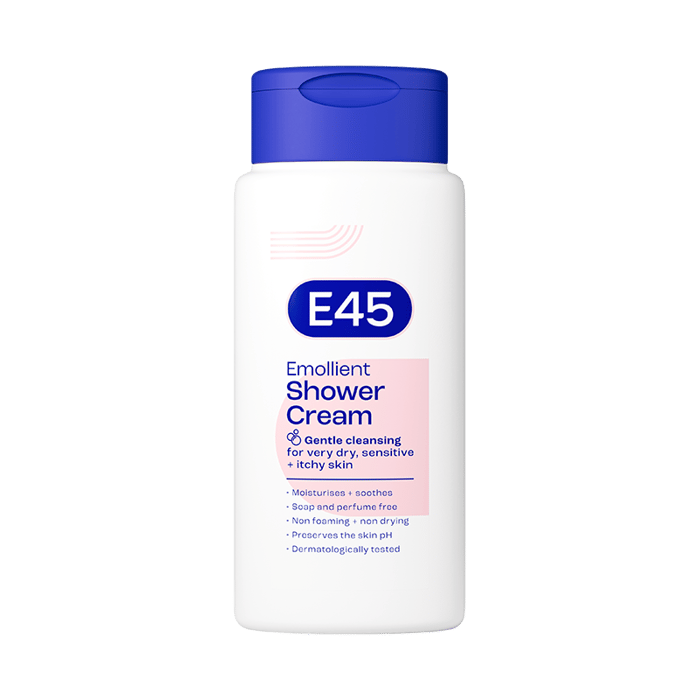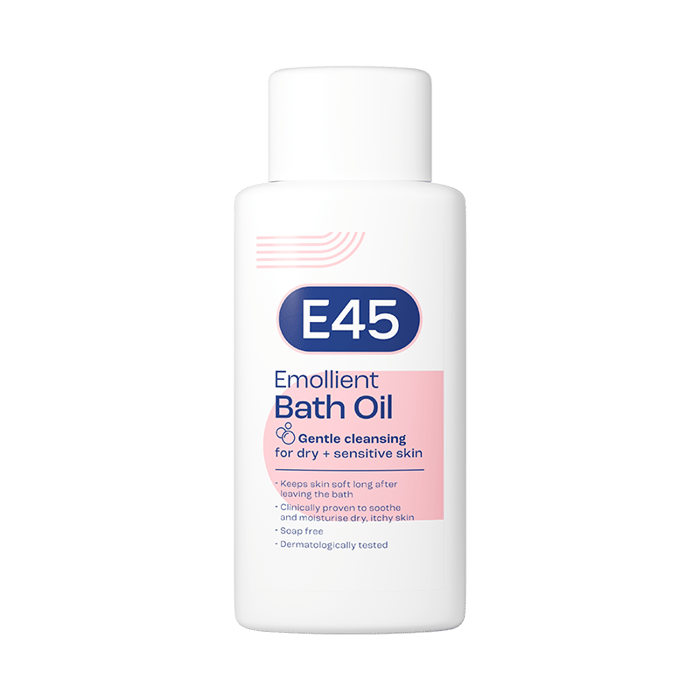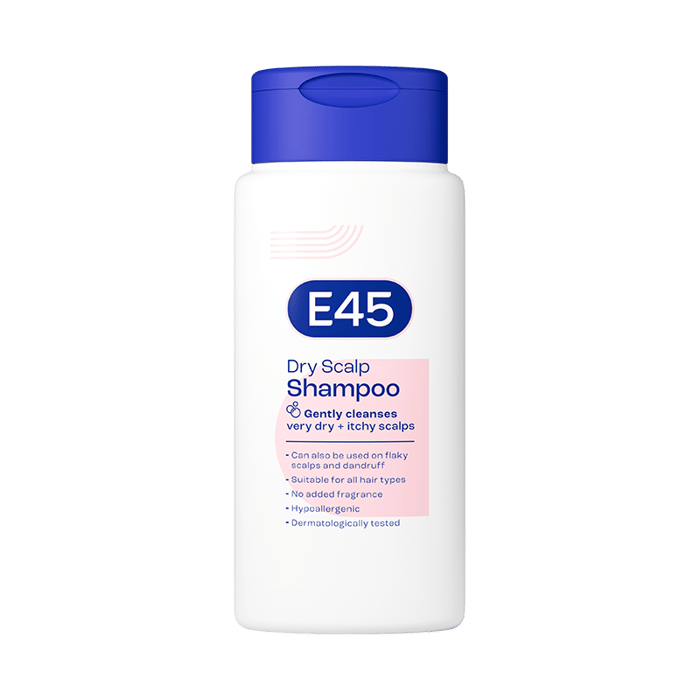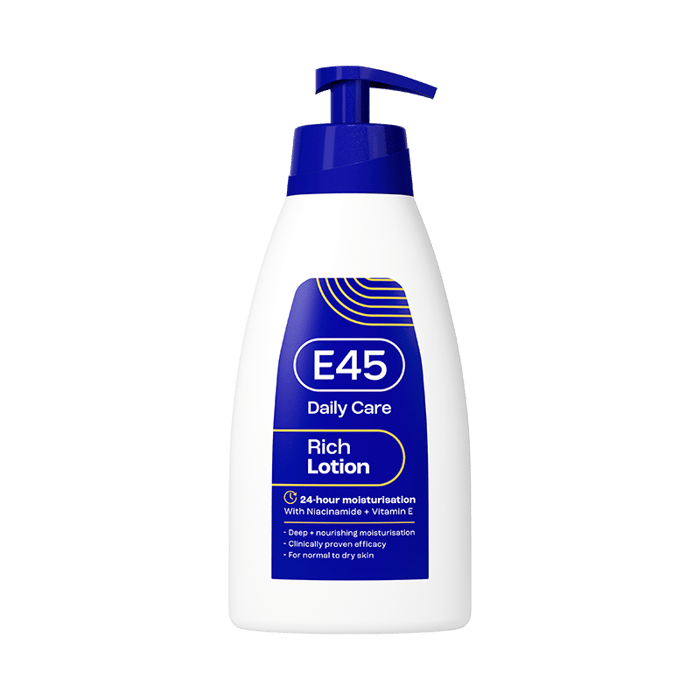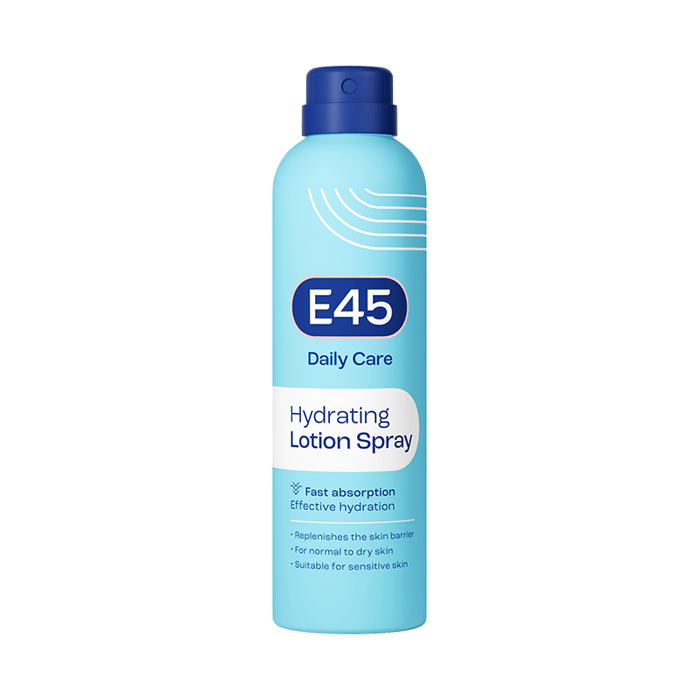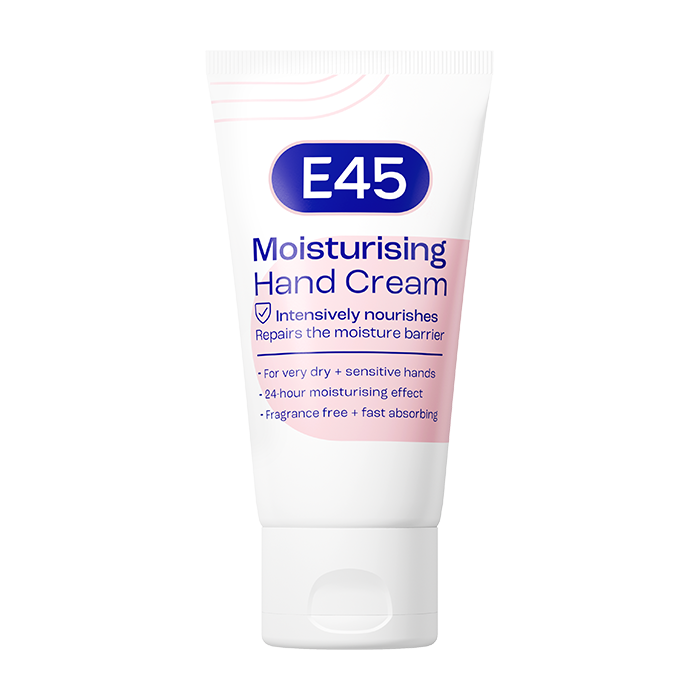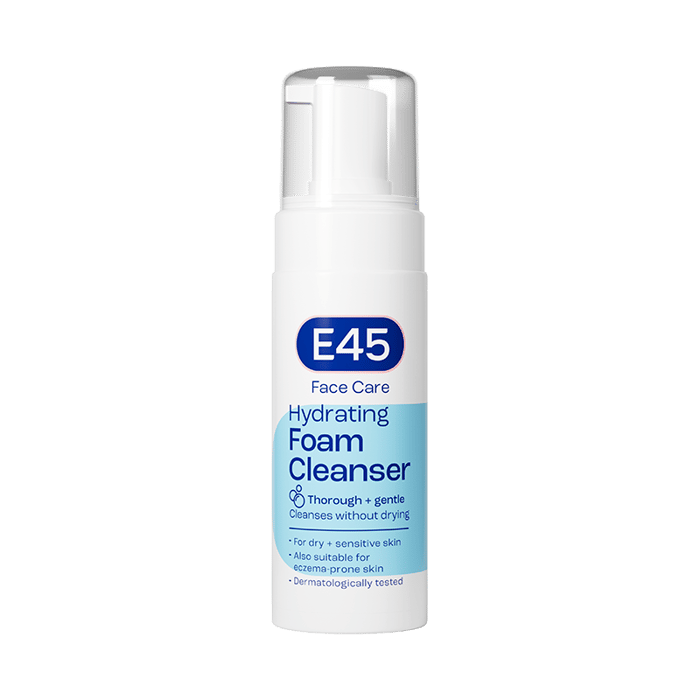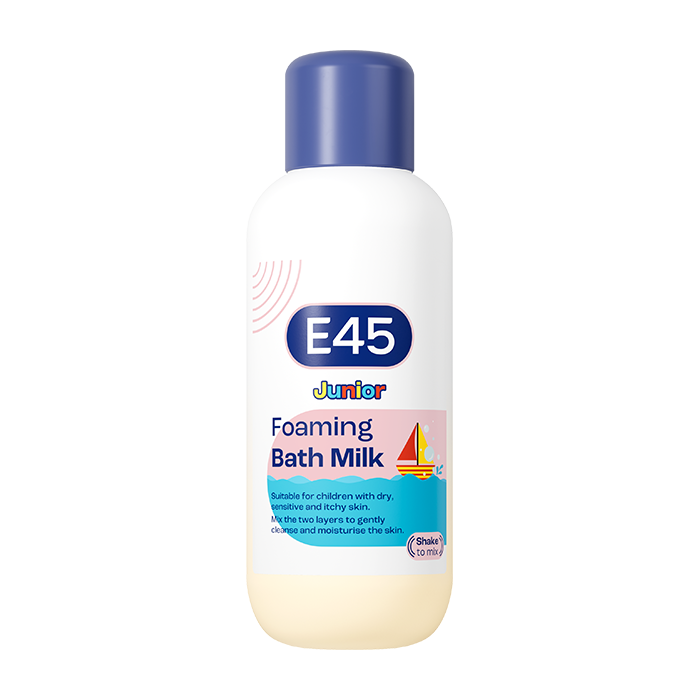Lanolin and the skin: Benefits and uses
Discover the many uses and benefits of lanolin for skincare. Learn how it nourishes, heals and protects the skin, explore its potential side effects, and find out how to incorporate it into your skincare routine.
What is lanolin?
Lanolin, often referred to as “wool wax,” is a natural substance extracted from the sebaceous glands of sheep. It’s a yellow, waxy substance produced to protect sheep’s wool and skin from the harsh elements like wind, rain and sun. In skincare, lanolin is renowned for its ability to deeply hydrate and lock in moisture, making it a sought-after ingredient in many moisturisers, lip balms and lotions.
Lanolin is rich in esters, fatty acids and alcohols, which work together to mimic the skin’s natural oils, providing moisture while forming a protective barrier. This makes lanolin an excellent emollient that’s ideal for addressing dry, flaky or irritated skin (Source).
Is lanolin good for the skin?
Lanolin is beneficial for a wide range of skin types, especially for those with dry, cracked or damaged skin. Lanolin is both an emollient and an occlusive agent, which means it works in two ways to benefit the skin. As an emollient, it helps to soften and smooth the skin, providing immediate relief to rough or flaky patches. As an occlusive, it creates a barrier on the skin’s surface that helps to lock in moisture and prevents it from evaporating.
Lanolin is also a great option for managing more severe skin conditions such as eczema or psoriasis as it can help to soothe irritated and inflamed skin while protecting it from further damage. Because of its moisture-retaining abilities, lanolin is especially beneficial for preventing moisture loss, which is key in treating skin that’s prone to dryness or chapping. Over time, it can help the skin to feel softer, smoother and more supple, improving its overall appearance and texture (Source).
Benefits of lanolin for the skin
Lanolin offers a range of benefits for the skin, from hydration to protection. Here are some of its most key advantages:
1. Deep moisture retention
Lanolin is a powerful humectant that binds water to the skin and forms a protective barrier to prevent moisture from escaping. This is particularly helpful for those with dry or dehydrated skin, as it helps to maintain optimal hydration levels. By locking in moisture, lanolin leaves the skin feeling smooth, soft and hydrated (Source).
2. Skin barrier repair
One of the key roles of lanolin is to repair and strengthen the skin’s natural barrier. A healthy skin barrier is essential for protecting the skin from harmful external factors such as pollution, bacteria and environmental pollutants. Lanolin helps to restore this barrier by replenishing lipids that are essential for maintaining a strong and resilient skin structure (Source).
3. Healing and soothing properties
Lanolin has been shown to have significant healing properties, especially for dry or damaged skin. It helps to soothe and calm irritated skin, making it a great ingredient for conditions such as eczema, chapped lips and minor cuts. It accelerates the healing process by promoting the regeneration of new skin cells and reducing inflammation. Its anti-inflammatory effects can also alleviate redness and discomfort in irritated skin (Source).
4. Anti-ageing effects
Lanolin is rich in antioxidants, which can help to protect the skin from oxidative stress and free radical damage. As we age, free radicals break down collagen and elastin, leading to the formation of fine lines and wrinkles. Lanolin’s ability to deeply hydrate and protect against environmental stressors contributes to maintaining a youthful appearance. Its skin-plumping effect can also help to reduce the appearance of fine lines, contributing to smoother and more youthful-looking skin (Source).
5. Protection from environmental stressors
Lanolin’s occlusive nature helps to shield the skin from environmental stressors such as wind, pollution and harmful UV rays. By forming a protective layer, it prevents these harmful elements from penetrating the skin, while also locking in moisture. This makes lanolin particularly useful during harsh weather conditions, including winter or windy climates, where the skin is more susceptible to drying out (Source).
What skin types can benefit from using lanolin?
Lanolin is suitable for most skin types, but it is particularly beneficial for:
- Dry skin: Lanolin is especially effective for dry skin because it can help to retain moisture and repair the skin’s barrier, leaving the skin feeling soft and hydrated.
- Sensitive skin: Due to its soothing properties, lanolin can help to calm irritation and reduce redness.
- Ageing skin: Lanolin can improve skin elasticity and promote a smoother texture, helping to reduce the appearance of fine lines and wrinkles.
- Chapped or damaged skin: Whether from environmental exposure or skin conditions like eczema, lanolin helps to speed up the healing process and restore skin integrity.
- Oily skin (in small amounts): While lanolin is best for dry skin, those with oily or acne-prone skin can use it sparingly to avoid clogging pores.
Are there any side effects?
Lanolin is generally well-tolerated by most people, but there are a few considerations to keep in mind. Although rare, some individuals may experience allergic reactions to lanolin, particularly those who have sensitivities to wool or wool-based products. Symptoms of an allergic reaction can include redness, itching or swelling (Source). To minimise the risk, it’s always recommended to perform a patch test on a larger area of skin.
Additionally, while lanolin is not highly comedogenic, it may clog pores in some people, particularly those with oily or acne-prone skin. For this reason, it’s best to use it in moderation and monitor how your skin reacts.
At E45, we reduce the risk of sensitisation by formulating our products – such as E45 Cream and E45 Lotion – with a hypoallergenic, medical-grade type of lanolin, known as medilan. It’s developed to eliminate trace impurities down to undetectable limits and to have virtually zero allergenic potential.
How to use lanolin in your skincare routine
Lanolin can be a highly effective addition to your skincare routine, offering multiple benefits for dry, sensitive or damaged skin. There are several ways to incorporate it into your daily regimen, depending on your specific skin care needs.
For general skincare, look for moisturisers or creams that contain lanolin, especially if you have dry or sensitive skin. Lanolin-rich moisturisers work by providing deep hydration and locking in moisture, leaving your skin feeling soft and nourished for hours. These products are particularly beneficial in colder months when the skin is prone to dehydration. Apply them generously after cleansing, when your skin is still slightly damp, to seal in moisture and prevent water loss.
E45 Cream is formulated with lanolin and is clinically proven to treat and soothe dry, flaky, itchy skin and sunburns – alongside more serious dry skin conditions such as eczema, dermatitis and certain cases of dry psoriasis. For a more lightweight formulation, E45 Lotion also helps to treat dry skin conditions and is clinically proven to help protect the skin from dryness, soothe roughness and reduce scaling and flaking.
Lanolin is also a popular ingredient in lip balms, making it an excellent choice for treating chapped, cracked or dry lips. Due to its occlusive properties, lanolin forms a protective barrier on the lips that helps keep moisture locked in, while preventing further damage from environmental stressors like wind or cold weather. For best results, apply the lip balm regularly throughout the day, especially after eating or drinking, to maintain hydration and protection. E45 Lips & Dry Skin Balm is formulated with lanolin to help the skin regenerate and leave the lips and skin feeling hydrated, soft and supple.
In addition to facial skincare, lanolin can be particularly effective for treating areas of the body that are prone to dryness, such as the hands, feet and elbows. These parts of the body often experience rough, cracked skin, particularly in harsh weather conditions. Lanolin’s ability to deeply condition makes it a great choice for targeted treatments. Consider using lanolin-based hand and foot creams as an overnight treatment by applying a thick layer and wearing socks or gloves to help the product fully absorb and work its magic while you sleep. During the winter, this can be especially helpful to combat the dryness and irritation caused by cold, dry air.
Lanolin is also beneficial for promoting wound healing. It can be applied to minor cuts, burns or abrasions to help speed up the healing process. Its soothing and protective properties can reduce inflammation, calm irritation and create a barrier that protects the injured area from further damage. Lanolin helps to lock in moisture, which is crucial for healing, preventing the skin from drying out and supporting regeneration.
For optimal results, apply lanolin products after a shower or bath, when your skin is still slightly damp. This allows the lanolin to lock in moisture and keep your skin hydrated for longer periods. If you’re using a lanolin-based lip balm, remember to reapply it throughout the day to maintain hydration, especially during colder months or after meals. By incorporating lanolin into your routine in these ways, you can ensure your skin remains soft, smooth and well-protected.
Conclusion
Lanolin is a versatile and highly effective ingredient that can provide many benefits for your skin. Whether you’re dealing with dry, damaged, sensitive or ageing skin, lanolin’s ability to lock in moisture, repair the skin barrier and soothe irritation makes it an ideal addition to your skincare routine. Its rich, emollient texture helps maintain hydration, promotes healing and protects against environmental stressors, making it especially beneficial during harsh weather or when your skin needs extra care.
From moisturisers and lip balms to hand creams and wound healing treatments, lanolin is a natural powerhouse that can address a variety of skin concerns. While most people can use it daily without issue, it’s always important to perform a patch test and use lanolin-based products in moderation if you have acne-prone or sensitive skin. With its long-lasting moisturising properties and ability to support the skin’s natural regeneration process, lanolin offers a practical and effective solution for anyone looking to improve the health and appearance of their skin.
FAQ: Lanolin and the skin
Can I use lanolin every day?
Lanolin is safe for daily use and can be highly beneficial for maintaining moisture balance, especially for dry or sensitive skin. Its deeply hydrating properties make it an excellent choice for regular use, particularly in colder months when the skin is more prone to dehydration. Whether in creams, moisturisers or lip balms, lanolin can be incorporated into your skincare routine without causing irritation for most people.
Does lanolin help with acne?
Lanolin is not typically recommended for individuals with acne-prone skin because it can be slightly comedogenic, meaning it may clog pores for some people. While lanolin has excellent moisturising properties, it can trap oils and other debris in the pores, which could potentially lead to breakouts. If you have acne-prone skin, it’s best to use lanolin sparingly or consult with a dermatologist to determine if it’s suitable for your routine.
Is lanolin safe for sensitive skin?
Lanolin is generally safe for sensitive skin. It’s often used to soothe and hydrate irritated or inflamed skin, making it a great option for individuals with skin conditions like eczema or psoriasis. However, since lanolin is derived from wool, people with wool allergies should avoid using lanolin to prevent allergic reactions such as redness, itching or swelling. It’s always a good idea to perform a patch test before using any new product, especially if you have sensitive skin.
Can lanolin be used on the body?
Lanolin is highly effective on areas of the body that tend to be dry or rough, such as the elbows, knees, hands and feet. It can help to deeply moisturise and repair cracked or flaky skin, providing long-lasting hydration. Lanolin-based creams or ointments can be applied to these areas, especially in the winter when the skin is more prone to dryness and irritation. It can also be used as a deep conditioning treatment for very dry areas, leaving them feeling soft and smooth.
How does lanolin work to hydrate the skin?
Lanolin works by acting as an emollient and occlusive agent. It softens and smooths the skin by mimicking the natural oils produced by the skin, providing long-lasting moisture. As an occlusive, lanolin forms a protective layer on the skin that prevents moisture from evaporating, keeping the skin hydrated for extended periods. This is especially beneficial for dry, cracked or damaged skin, as it helps to restore the skin’s natural moisture balance and prevent further water loss.
Is lanolin safe for use on the face?
Lanolin can be used on the face, particularly for individuals with dry or sensitive skin. It helps to hydrate and soothe the skin, providing a protective barrier that locks in moisture. However, if you have acne-prone skin or are concerned about clogged pores, you may want to use lanolin-based products in moderation or focus on targeted areas like the cheeks, lips or under the eyes. As always, it’s important to test new products on a small area of skin first to see how it reacts.
Can lanolin help with eczema or other skin conditions?
Lanolin can be very beneficial for individuals with eczema, psoriasis or other skin conditions that cause dry, cracked or irritated skin. Its ability to lock in moisture and form a protective barrier makes it ideal for treating areas that are prone to dryness and inflammation. It can help soothe itching, reduce irritation and support the healing of damaged skin, making it a helpful addition to the skincare routine of those with these conditions.
Can I use lanolin on my lips?
Lanolin is widely used in lip balms and can be an excellent remedy for dry, cracked or chapped lips. Its ability to create a barrier on the lips helps protect them from environmental factors like wind and cold weather while keeping them hydrated. Lanolin also promotes healing by retaining moisture, making it a fantastic option for those with chronically dry lips. Reapply throughout the day to keep your lips soft and smooth.
Does lanolin have any side effects?
Lanolin is generally well-tolerated by most people, but some individuals may experience mild side effects, such as redness, irritation or an allergic reaction. This is particularly common for people with wool allergies, as lanolin is derived from sheep’s wool. If you experience discomfort or notice any adverse reactions, discontinue use and consult with a healthcare professional. As with any skincare product, it’s always best to perform a patch test before using it on larger areas of skin.
Can lanolin help speed up wound healing?
Lanolin has healing properties that can be beneficial for minor cuts, scrapes, burns or abrasions. Its ability to lock in moisture helps to promote the skin’s natural healing process by preventing the wound from drying out, which can slow down recovery. Lanolin also has soothing qualities, reducing discomfort and irritation while supporting tissue regeneration. However, it is important to consult with a doctor for serious wounds or infections to ensure proper care.

